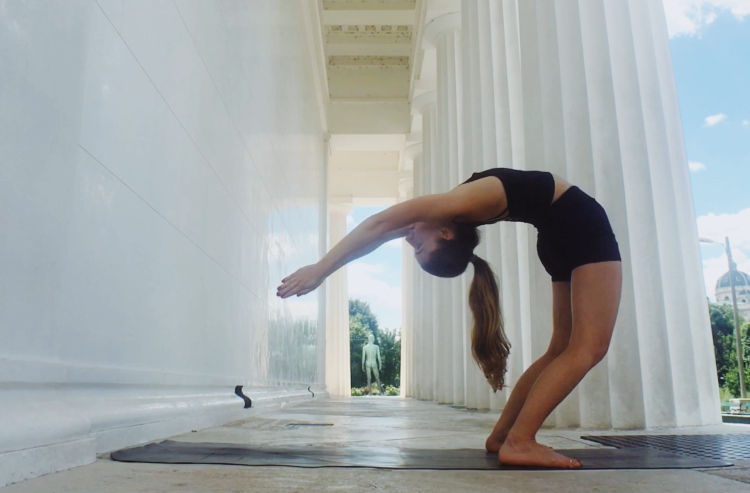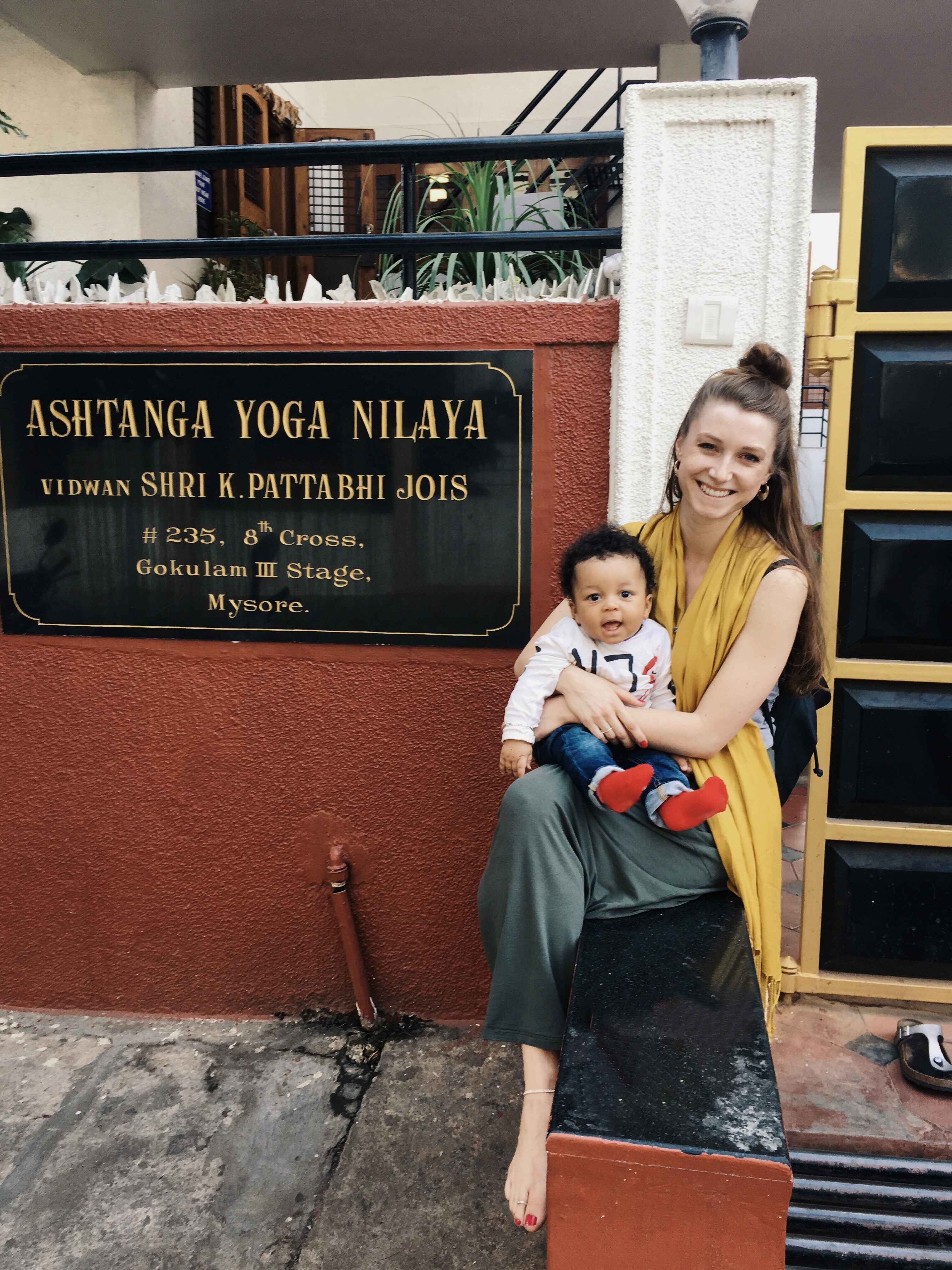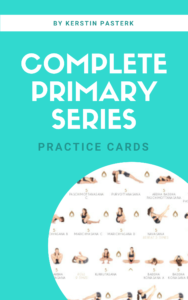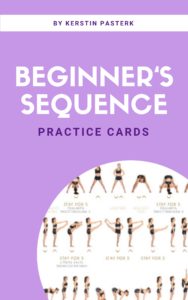Some people are naturally good at backbending, they’re flexible in their back and they love backbending. And some people, like me, are not! I struggled a lot with backbends, went through a lot of pain from unconscious, ineffective movements and bad technique in backbending. Apart from that, I have scoliosis, which is why I had and still have to take extra care and attention to every single joint and movement of my spine.
My backbending journey was not easy but I can say that I’ve reached to a point now where I feel comfortable in my backbends, even deep backbends. My backbend journey has taught me to explore and discover every single joint and vertebra of my spine, learn how to engage and bend the tiny and big muscles of the back and figure out how to deal with my twisted and crooked “scoliosis” spine. I have gained a strong back and core muscles which keep my upper body upright and strong and which protect my spine. And that is an absolute blessing for everybody who suffers from scoliosis and, in general everybody who wants to have a pain-free back until old age.
Here I wanna share with you a few tips and general principles of technique for backbending, that I’ve learnt in my practice and that made the biggest difference for me. I hope they will help you the same way.
1. You can only bend where you’ve made space before.
You cannot just bend back like that. You first have to create space in your spine in order to be able to bend it. So before you go into a backbend, you take a big inhale and lengthen your spine. Imagine to lift the ribcage away from your hips, lengthening your upper body and making space between the vertebraes. This is an essential step. Once you’ve created this space you can use it and slowly bend your spine backwards. That way you will bend your spine in a healthy and comfortable manner instead of crunching your spine and crushing your vertebraes.
2. Use your breath for physical and mental benefits.
This is extremely vital and relates to the previous point. While you enter as well as while you’re in a backbending pose, try to focus on your breath, and with every inhalation keep lengthening your spine, making space between each vertebra, and with every exhalation, use that space to maybe go a little deeper. You will notice how your breath helps you to form a healthy backbend. Also backbends tend to urge emotional feelings and even fear, because of the intensity of backbends. So you will notice that you might tend to hold your breath or start breathing really quickly during challenging backbends. That’s why, especially in backbends, we want to put extra emphasis on focusing on the breath and trying to keep breathing as deeply as possible. This will train the nervous system and help you deal with this challenging situation. A lesson you will be able to take from your mat into your daily life.
3. Think of a backbend as a circle.
The lower back and the neck are the most flexible parts of the spine. When going into a backbend it’s just too tempting to just bend in your lower back, throw back your head and think you’re in a deep backbend. Maybe you’ve already seen pictures of people doing backbends and when you look closely their spine actually resembles more of a ninety degree angle (bending at the lower back) than a round, circular shape. However, this is what we aim for. We want to think of a backbends as a circle. As if we’re trying to flex over a wheel. And actually you can try that by using a yoga wheel, which can be very helpful to understand that concept of forming an equal and smooth backbend throughout the entire spine. You will then notice which parts of your back are easily accessible and which ones needs some extra care and attention.
4. Protect your lower back.
When trying to create this evenly distributed backbend it can be very hard not to fall into this trap of extremely bending in the one part which is most flexible – and that for the majority of people is the lower back. So in order to keep this part of the spine stable, we want to focus on anchoring the tailbone and engaging our lower ab muscles. It feels a little like your tailbone is gravitating down towards your feet. Or for some people it’s useful to imagine the pubic bone pulling up towards the navel. Not with too much effort. But just as much to keep the core engaged and the lower back stable and protected, and thereby preventing the lower back from going into an over extension.
Alright, that was quite a long post, but I hope there were some helpful tips for you that you can make use of in your own yoga practice to make your backbend journey a little more enjoyable 🙂




